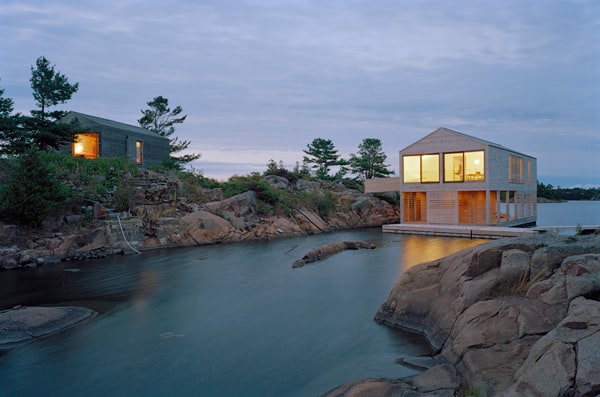
This project, designed by MOS Architects, intersects a vernacular house typology with the site-specific conditions of this unique place: an island on Lake Huron in Ontario, Canada. The location on the Great Lakes imposed complexities to the house’s fabrication and construction, as well as its relationship to site. Annual cyclical change related to the change of seasons, compounded with escalating global environmental trends, cause Lake Huron’s water levels to vary drastically from month-to-month, year-to-year. To adapt to this constant, dynamic change, the house floats atop a structure of steel pontoons, allowing it to fluctuate along with the lake.
Locating the house on a remote island posed another set of constraints. Using traditional construction processes would have been prohibitively expensive; the majority of costs would have been applied toward transporting building materials to the remote island. Instead, the architects worked with the contractor to devise a prefabrication and construction process that maximized the use of the unique character of the site.
Construction materials were instead delivered to the contractor’s fabrication shop, located on the lake shore. The steel platform structure with incorporated pontoons was built first and towed to the lake outside the workshop. On the frozen lake, near the shore, the fabricators constructed the house. Via
Visit the website of MOS Architects here.

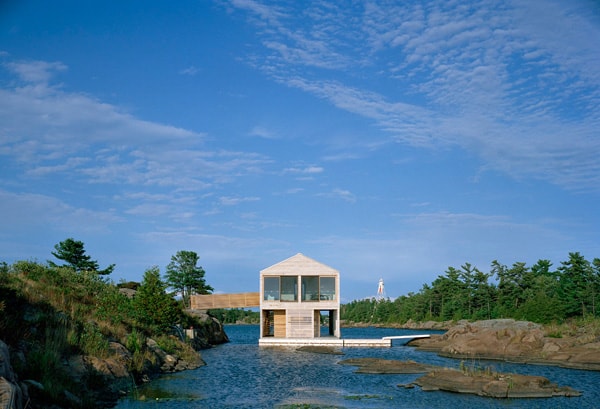
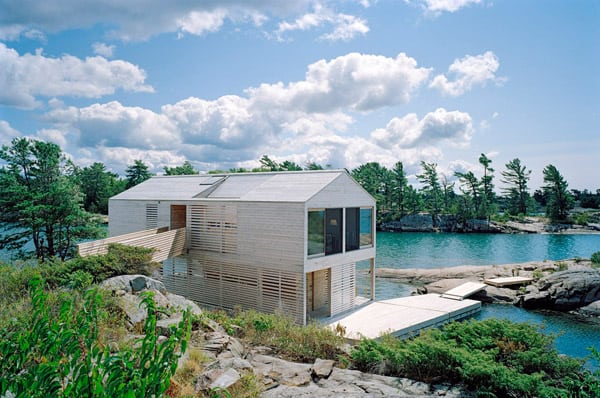
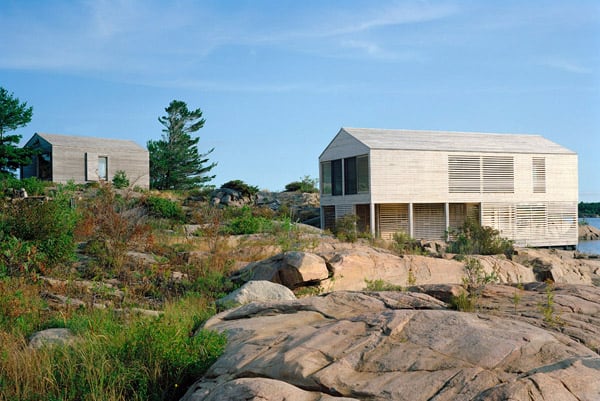

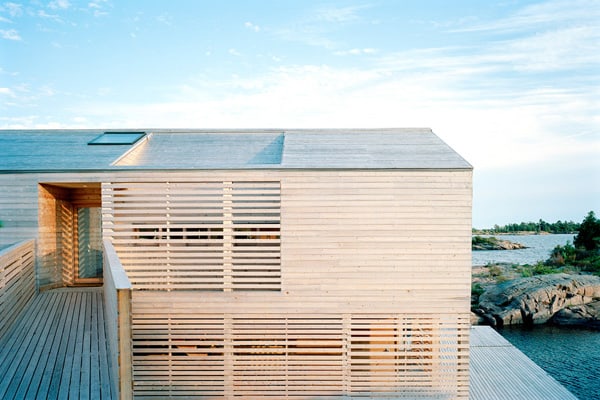
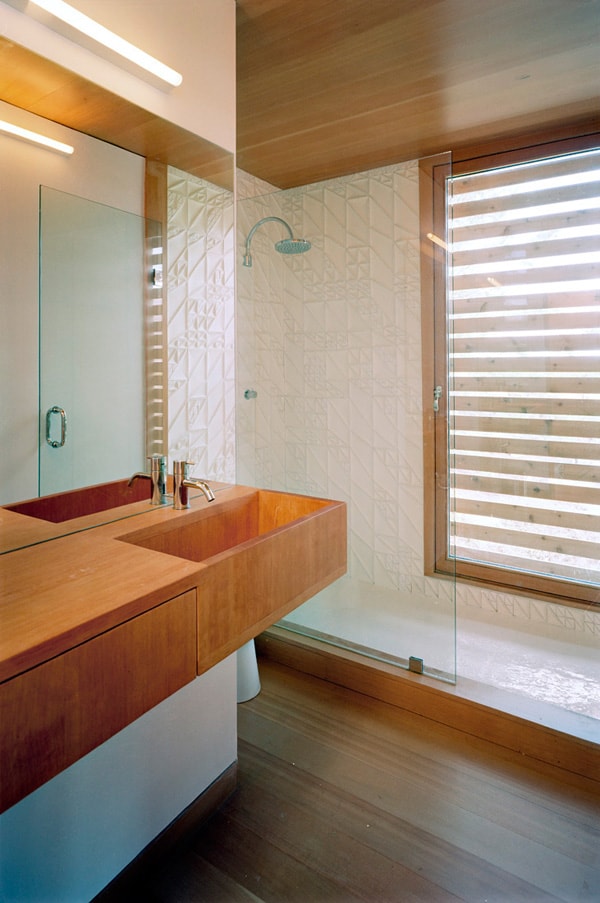

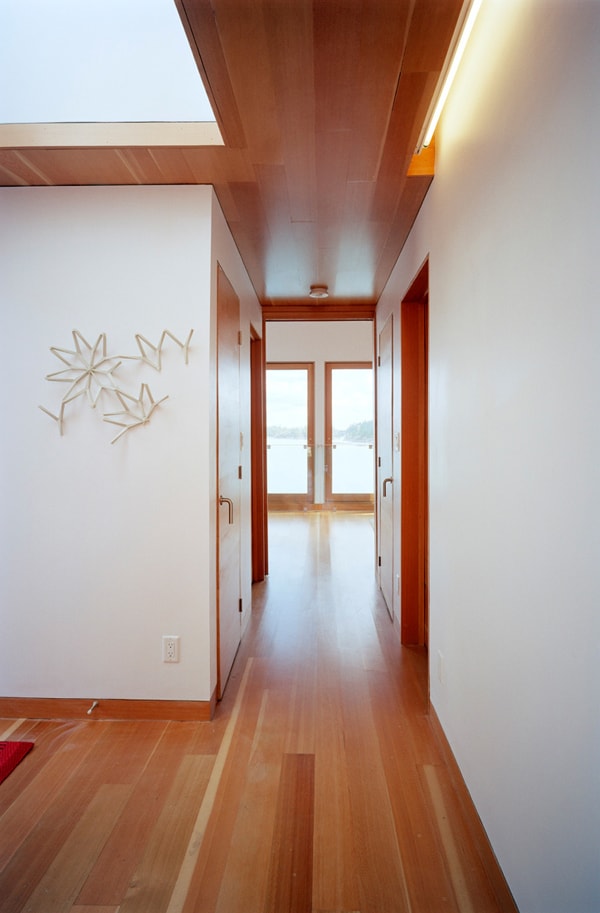
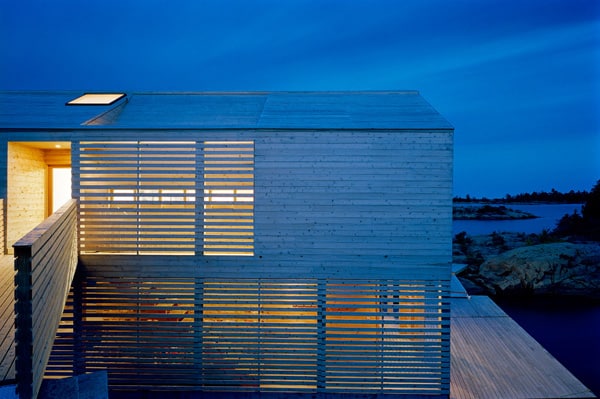
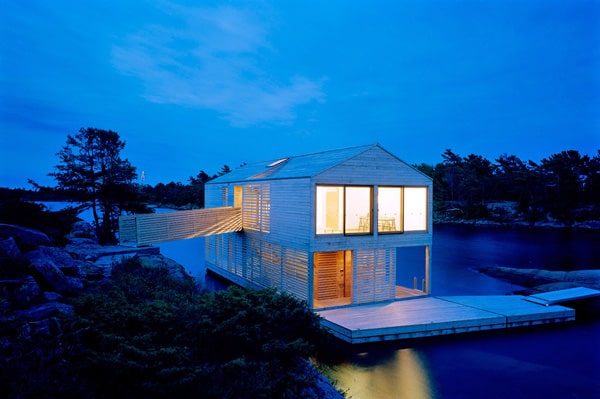
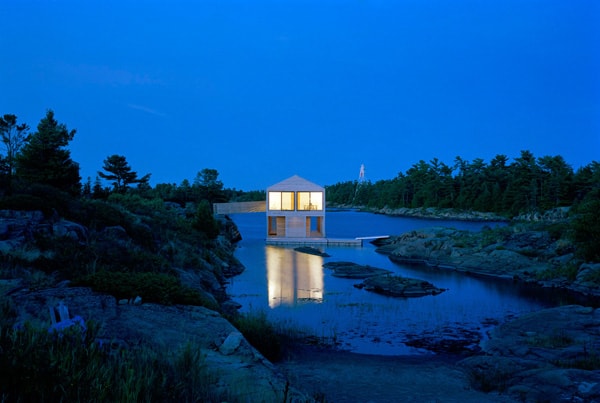
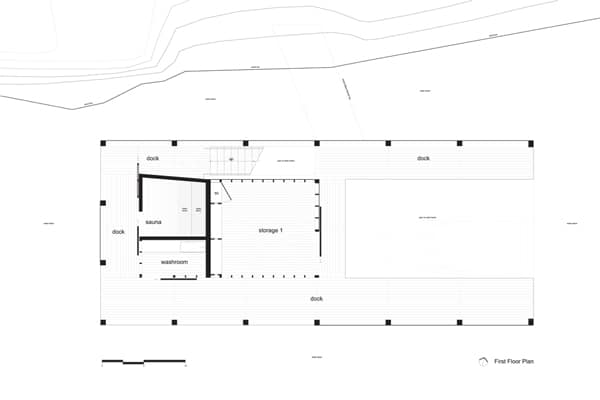
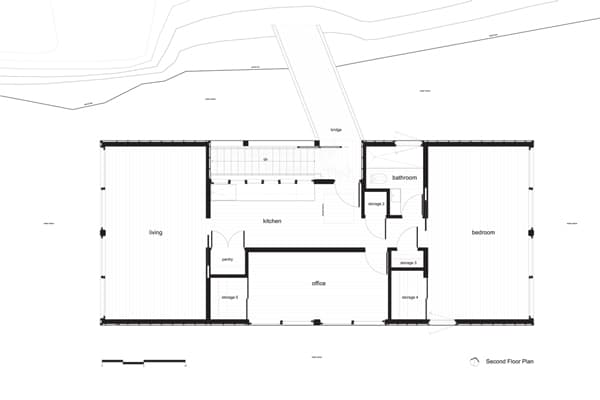
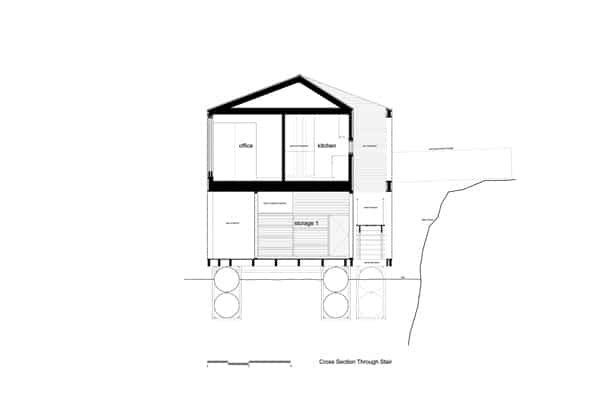
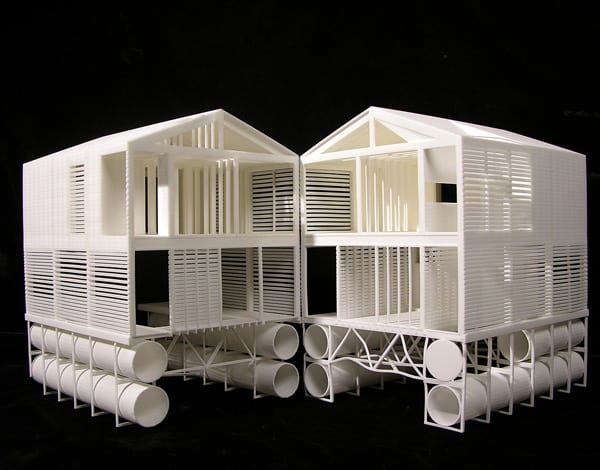
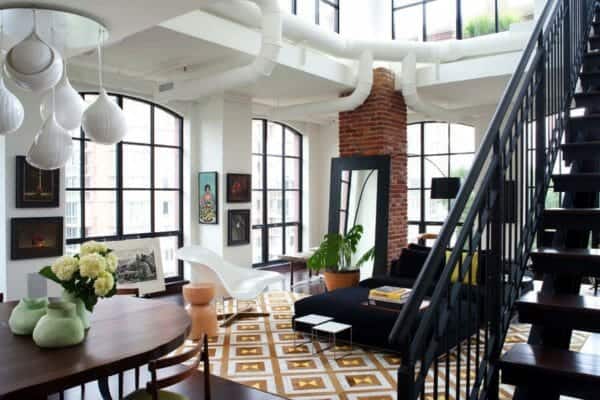

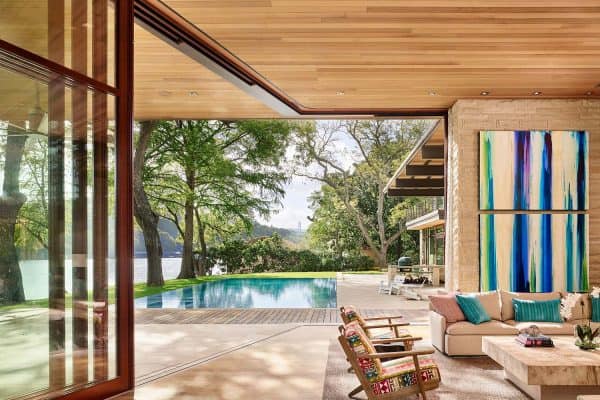



0 comments